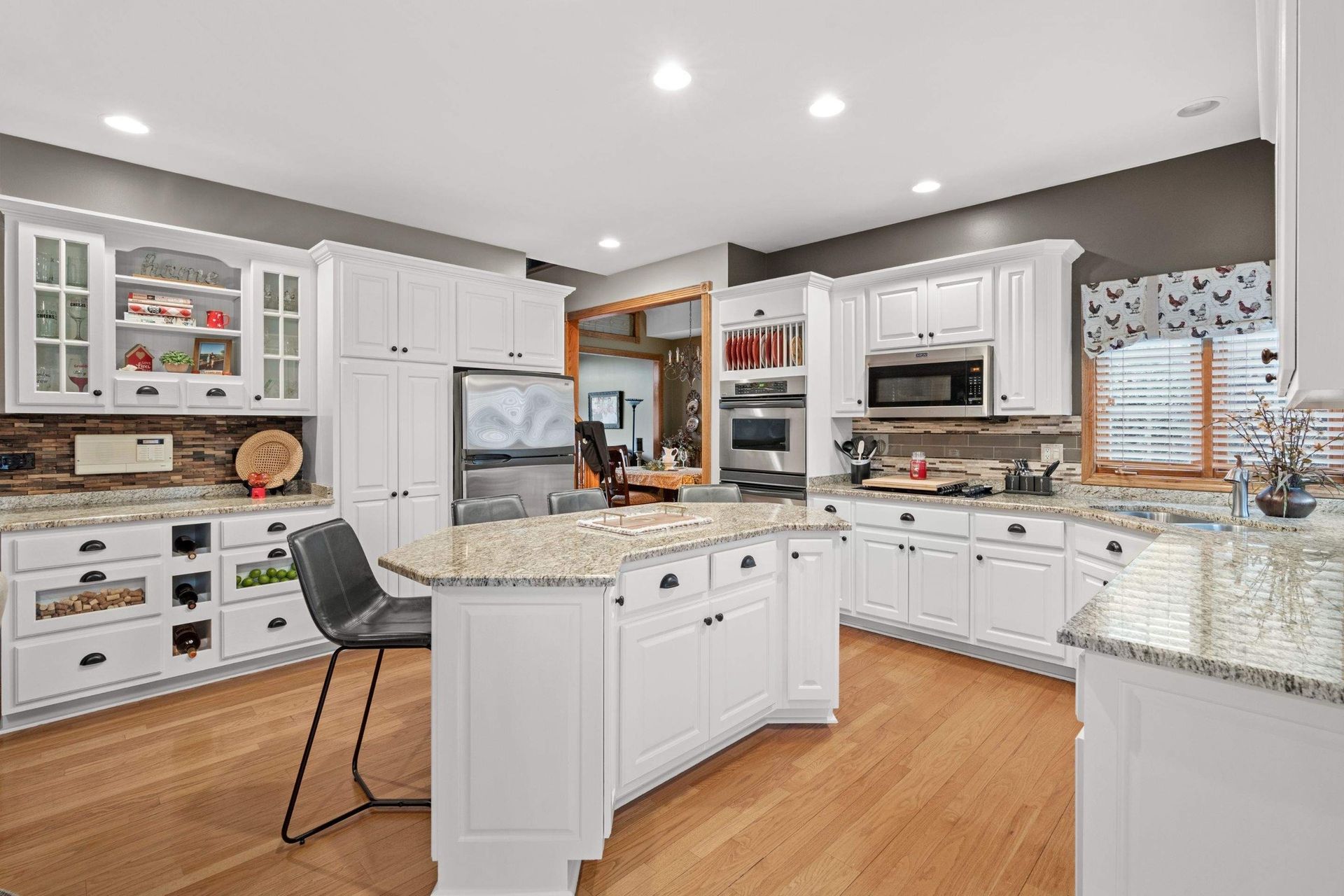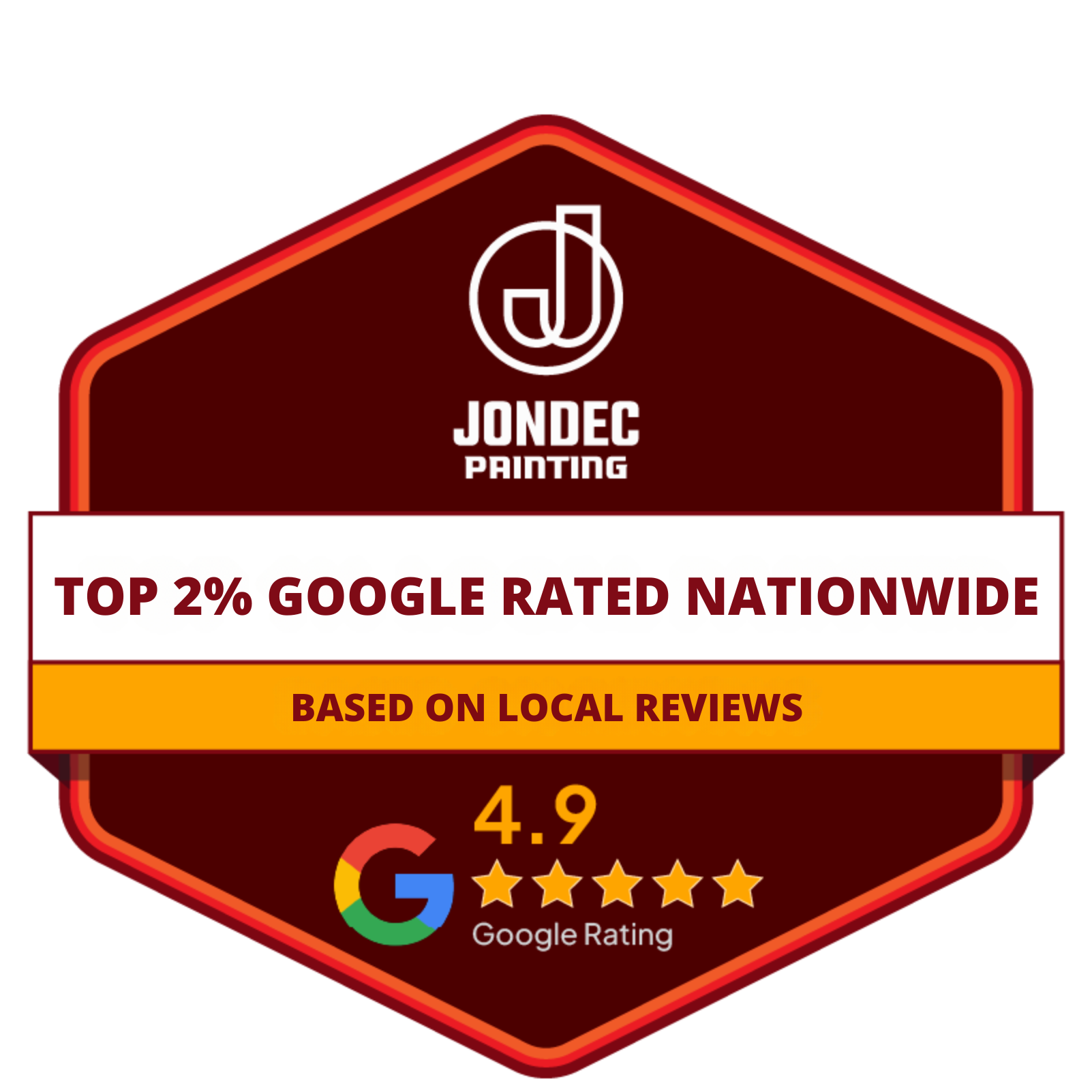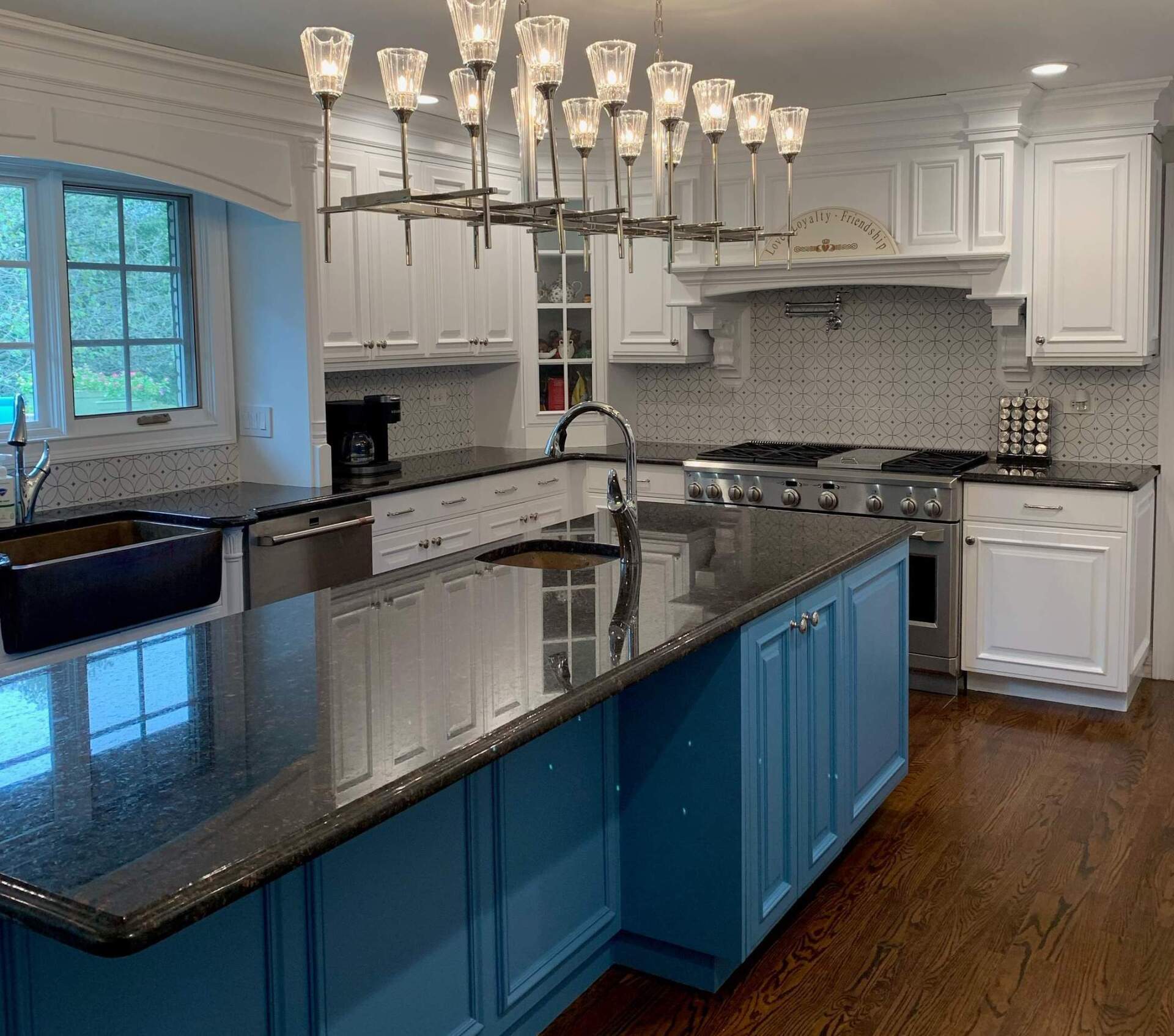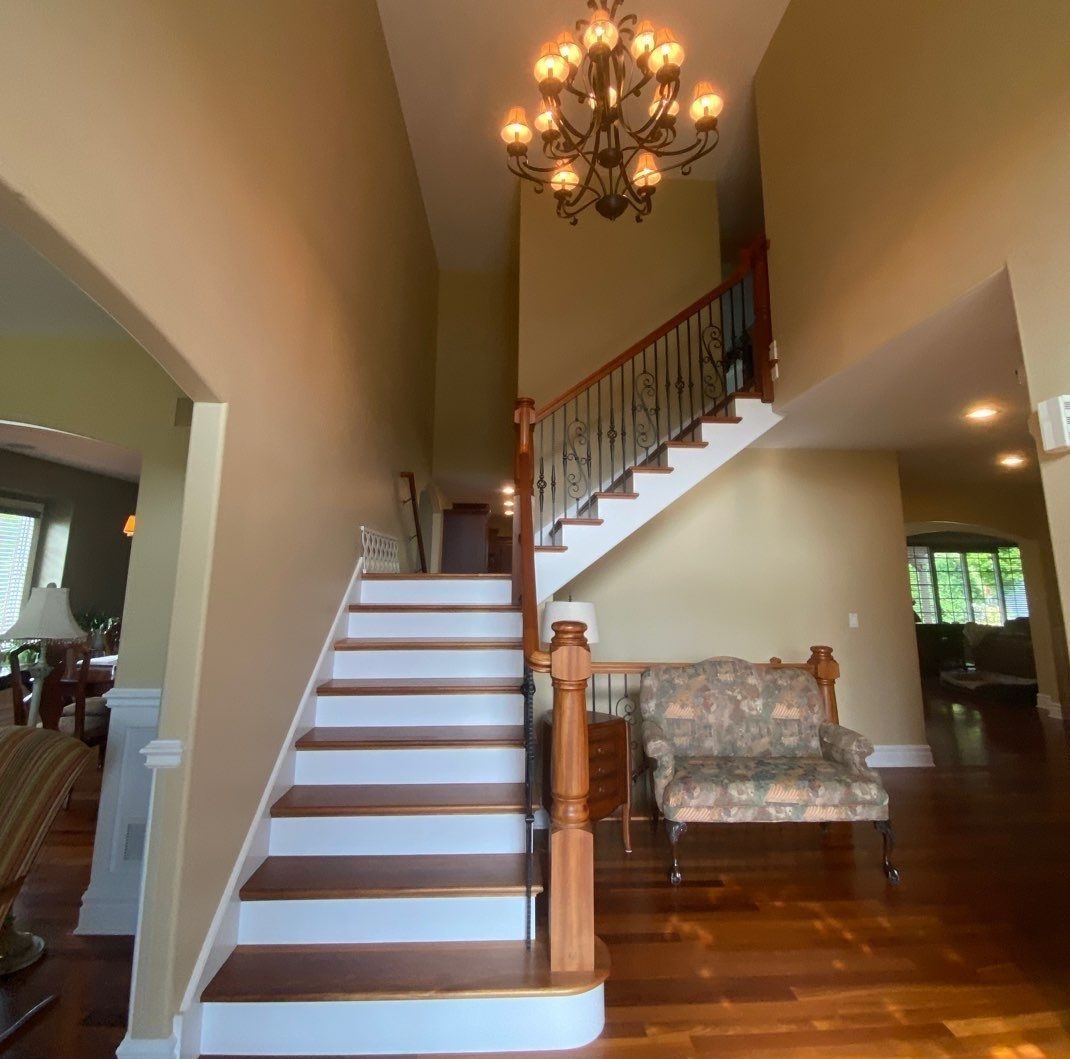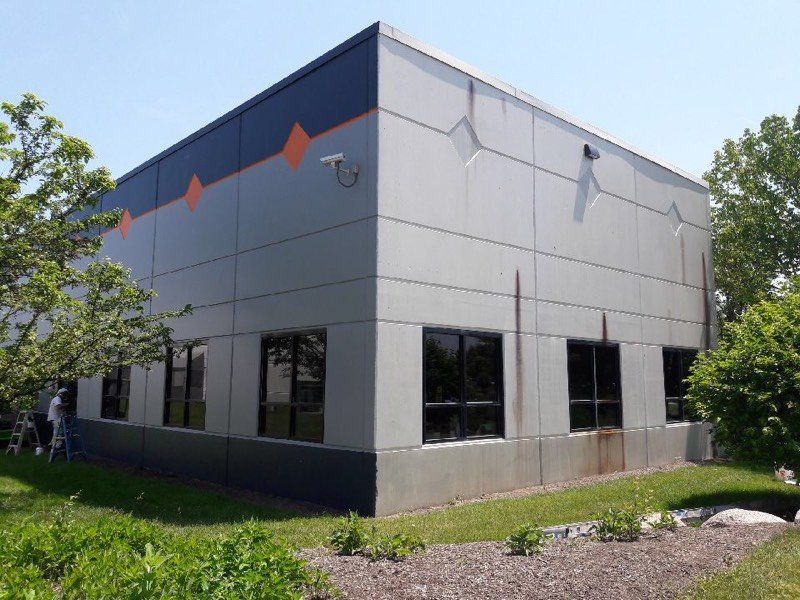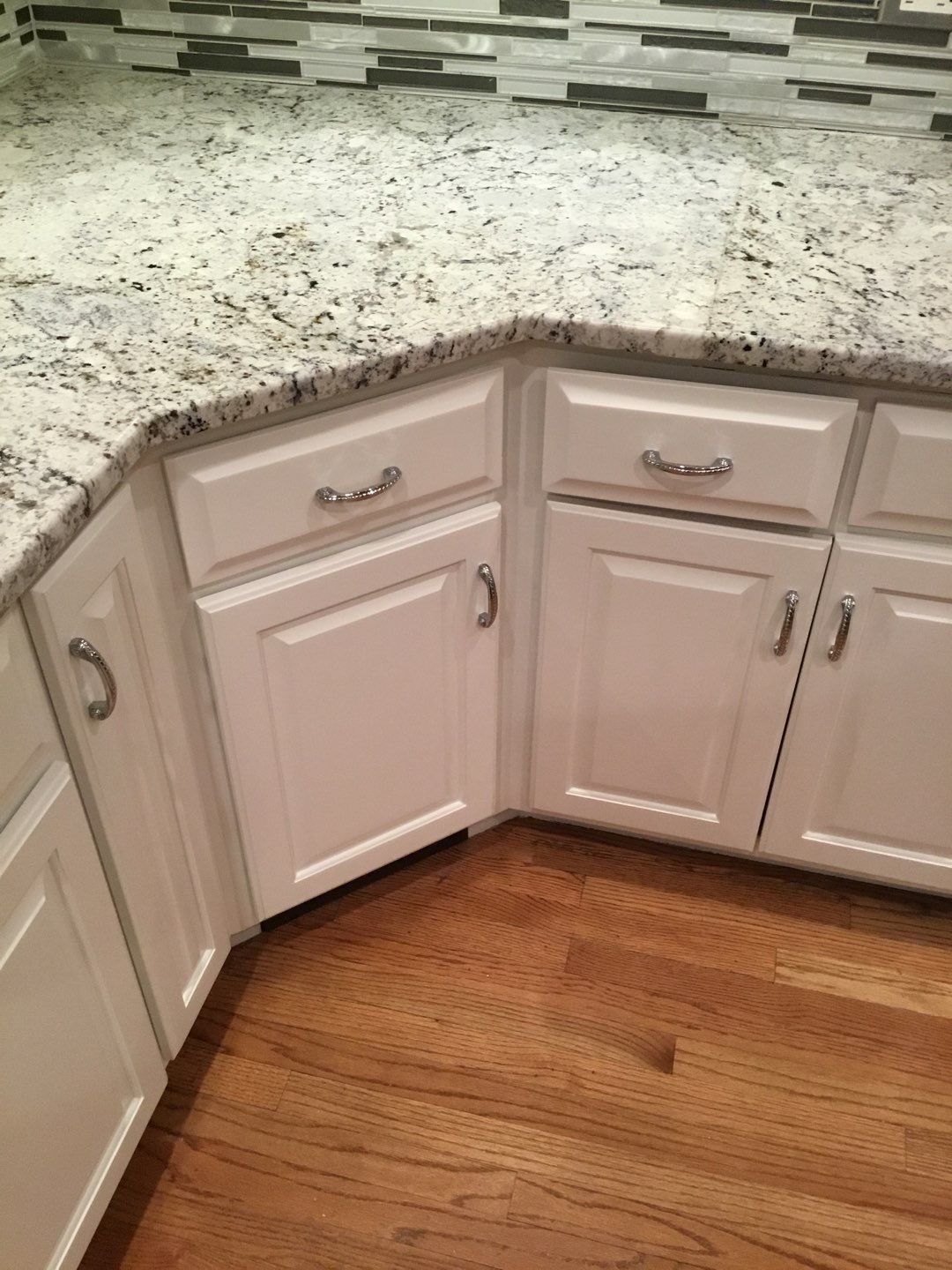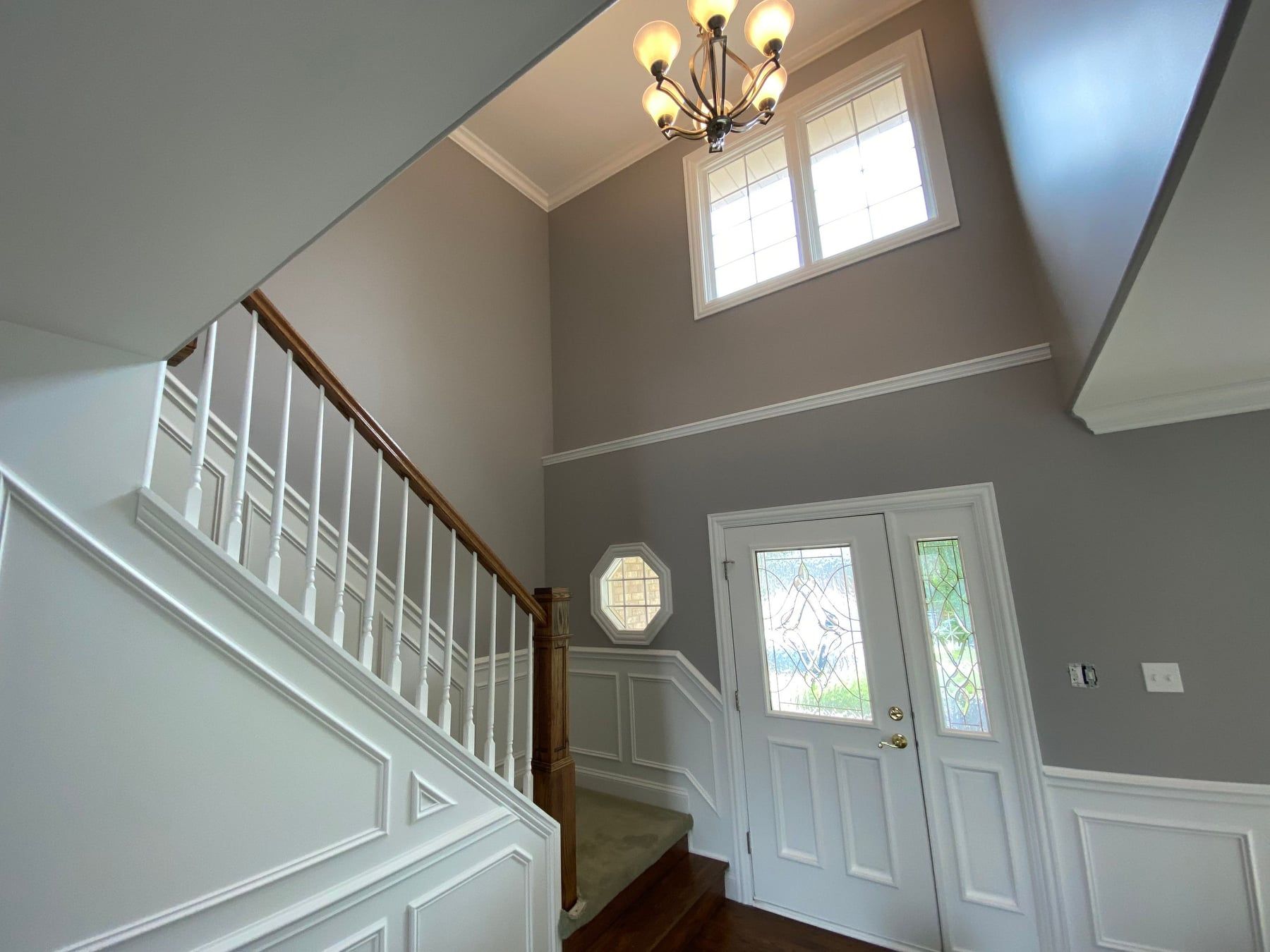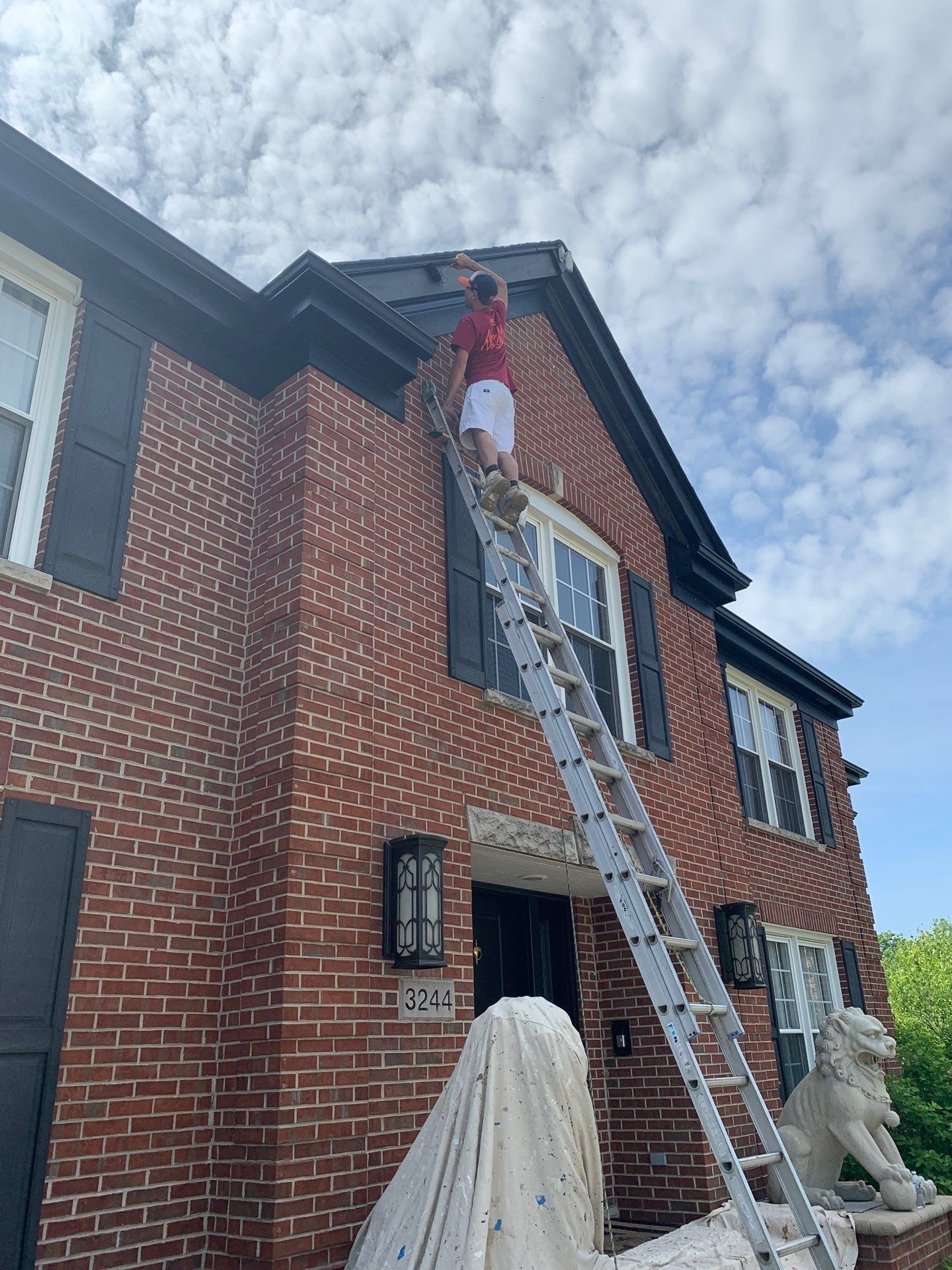What Determines the Cost of Commercial Painting in Orland Park?
Commercial painting estimates can feel like they’re written in code, but the truth is, they’re based on a handful of practical (and predictable) factors. At least, they should be.
If you’re planning a paint job for your Orland Park business, office complex, or commercial property, here’s what really determines the cost, so you can plan confidently and avoid those “Wait, what’s this line item?” surprises.
1. Project Size & Surface Area
No big mystery here. The bigger the job, the bigger the bill. More square footage means more paint, more labor, and more time. But it’s not just about four walls. Commercial spaces often involve ceilings, doors, trim, exterior facades, and specialty surfaces (like metal railings or textured panels).
Have a multi-story office building or sprawling warehouse? That surface area adds up fast, and so does the price tag.
2. Surface Condition & Prep Work
This is where things can get a little messy. Literally. If your building has peeling paint, water stains, mildew, rust, or graffiti, expect the prep work to take time, and affect your cost. Proper prep (scraping, sanding, caulking, priming) is non-negotiable if you want the new paint to stick around longer than your last intern.
In short: the rougher the surface, the more you’ll pay for a clean canvas.
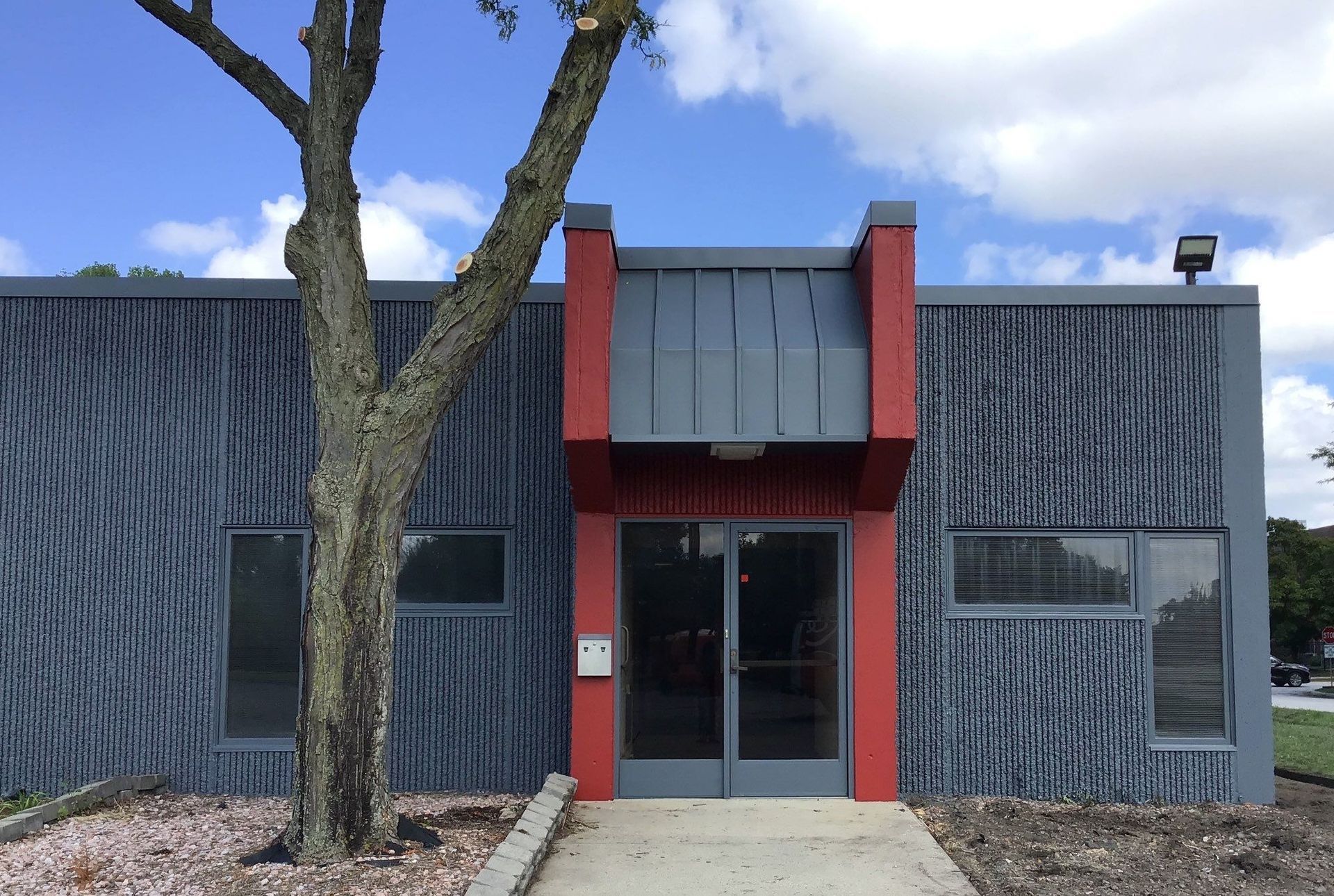
3. Accessibility & Job Complexity
If your building has high ceilings, tight stairwells, or architectural details that look great but are tough to paint, your quote will reflect that. Specialty equipment like scaffolding, lifts, or harnesses add both time and cost.
4. Paint Type & Quality
Not all paint is created equal, especially in the commercial world. Your contractor may recommend high-durability coatings, anti-microbial paints, or low-VOC options for safety and performance.
Higher-end brands and specialty finishes will cost more upfront but often reduce the need for frequent touch-ups. It’s the classic short-term vs. long-term trade-off.
5. Timing & Seasonality
Orland Park winters aren’t exactly ideal for exterior painting. Scheduling around the seasons can affect availability, pricing, and even the type of products used.
Exterior jobs during peak season (spring through early fall) may come with premium pricing due to demand. Off-season work might offer discounts, but may also have weather limitations or slower dry times.
6. Compliance, Permits & Insurance
If your building needs a lift permit, special insurance, or must follow strict commercial painting guidelines, those compliance items will factor into the estimate.
Reputable painters will include costs for proper liability coverage, safety equipment, and meeting OSHA requirements. This is especially important if the job takes place during business hours or in publicly accessible areas.
7. Additional Services & Maintenance Options
Need power washing before painting? Caulking around windows? Rust treatment for exposed steel? Each of these adds value, but also adds to your cost.
Some companies also offer maintenance plans that help extend the life of your paint job and reduce long-term costs. It’s worth asking if regular touch-ups or inspections can be built into your agreement.
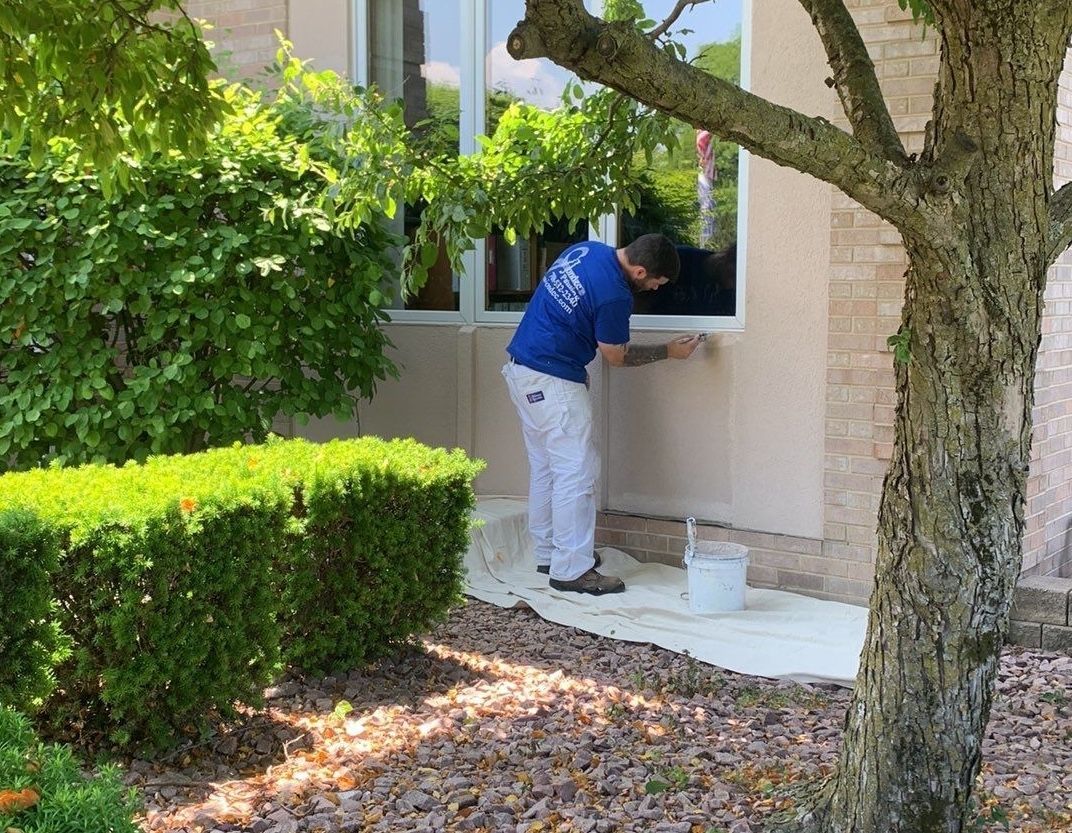
Comparing Commercial Painting Estimates: Smart Questions to Ask
Once you’ve collected a few bids, don’t just look at the bottom line. A lower price might seem appealing, but it could be missing critical services or using lower-quality materials. Here’s what to ask for to make sure you’re comparing apples to apples:
- A line-item breakdown of labor, materials, prep, and other services: This helps you see exactly what you’re paying for. Does the estimate include surface repairs, priming, or clean-up? Or are those add-ons you’ll be hit with later?
- Paint specifications—brand, finish, number of coats: Not all paint performs the same, especially in high-traffic commercial settings. Knowing whether you're getting a budget brand or a premium product (and how many coats are planned) tells you a lot about the quality and durability you can expect.
- Timeline and schedule flexibility—especially if you need work done outside of business hours: If your business can’t afford to shut down during the day, find out if your painter can work evenings or weekends. It may cost a bit more, but it could save you from losing business.
- Proof of licensing, insurance, and references—preferably from similar Orland Park properties: Reputable contractors should be fully insured, licensed, and able to provide local examples of past work. This isn’t just about peace of mind, it’s about making sure you’re working with professionals who know the area and the expectations.
Transparency is key. If a contractor can’t explain their estimate clearly, or brushes off your questions, it’s okay to push for more info or walk away. You deserve to know exactly what you're signing up for.
Final Thoughts
In the end, the cost of commercial painting in Orland Park boils down to a mix of size, prep needs, product quality, and logistics. Understanding how each factor affects your estimate not only helps you budget better, it helps you hire with confidence.
Because while Orland Park may have unpredictable weather and busy intersections, your paint job doesn’t have to be one of life’s great mysteries. With the right team and a clear plan, you’ll get durable, professional results, without the sticker shock.
Share
Let's Talk Paint!
